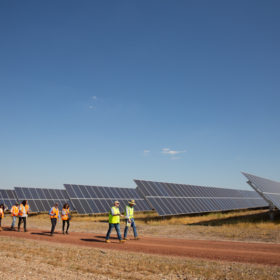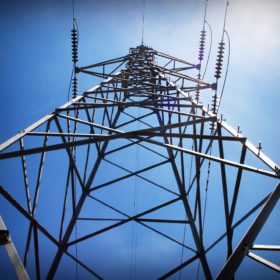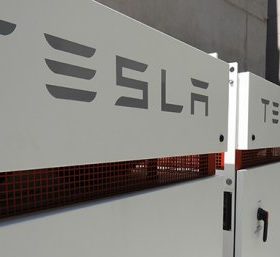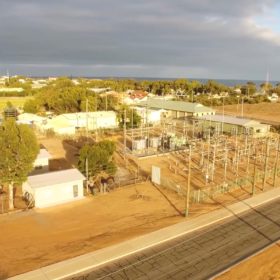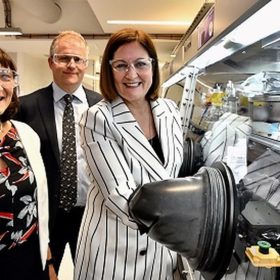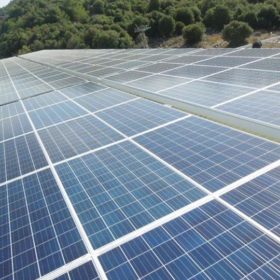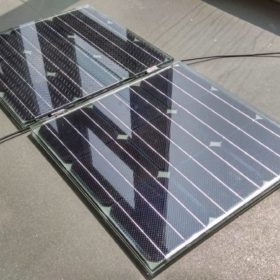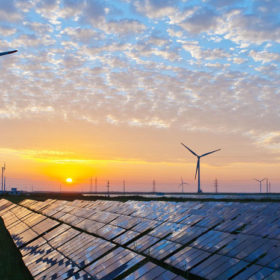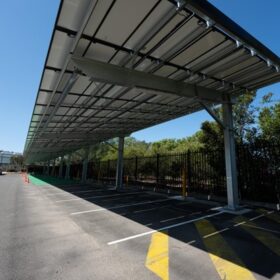CEFC, Infradebt launch new investment push in community and commercial renewable projects
The Clean Energy Finance Corporation (CEFC) has come together with private sector infrastructure fund manager Infradebt to invest in smaller utility-scale renewable energy projects for community and commercial energy users. The move aims to close an investment gap for projects of 25 MW or less.
Hydrogen production as an antidote to grid constraints in northern Netherlands
Dutch transmission system operator Enexis, gas provider Gasunie and oil company NAM are considering diverting excess solar capacity in Drenthe province into hydrogen production. The companies are assessing which wind and solar projects may have been excluded from the grid.
A Study in Storage, University of Queensland turns on its Tesla Powerpack
The University of Queensland (UQ) is well known for its renewable solar power generation, from its Warwick Solar Farm to the extensive solar PV arrays on UQ campuses. Now UQ can store its solar power too, with one of Queensland’s largest behind-the-meter battery storage systems.
Power Ledger enables solar P2P trading in new Perth development
Peer-to-peer energy trading (P2P), the signature of Power Ledger and already a recognised Australian digital export, is set to be installed into nine apartments in Perth’s eastern suburbs. The development’s integration with smart energy trading technology will allow the space to share a solar PV system and SENEC battery.
WA’s largest battery on the way to Kalbarri microgrid
Western Australia’s (WA) publicly-owned grid operator, Western Power, has announced its largest battery is on its way to Kalbarri. The battery, the biggest utility-scale battery ever to be connected to the Western grid network, departed from Perth today on its way north to the laid-back coastal town.
Hi-tech energy storage center opens at Deakin University
The new StorEnergy centre – supported with a $4.4 million Federal Government grant – will produce battery materials on a commercial scale and seek to increase knowledge and develop innovative solutions for Australia’s energy needs.
Risen Energy unveils 500 Wp+ half cut mono PERC modules
The PV manufacturer announced the development of the new solar panels, which feature new M12 series monocrystalline wafers, at a conference on Thursday in the Chinese city of Ningbo. The 50-cell modules are actually slightly bigger than 72-cell designs with 156.75 mm wafers, it said.
Walking on sunshine
Chinese scientists have developed a PV floor tile they say is suitable for pavements and cycling tracks. The devices were tested on a ‘green deck’ in Hong Kong. The developers say the tiles have demonstrated satisfactory solar energy conversion, anti-slip performance, heat-resistance and strength.
AEMO calls for over 30 GW of solar and wind to replace coal-fired generation by 2040
To fill the gap left by retiring coal-fired plants, the Australian Energy Market Operator forecasts that Australia should invest in a further 30-47 GW of new large-scale wind and solar projects by 2040. At the end of the outlook period, AEMO projects that distributed energy resources could provide up to 13% to 22% of total underlying annual NEM energy consumption.
100% renewables means 95% less water consumption for conventional power generation
According to a new study by Finland’s LUT University, solar PV consumes between 2% and 15% of the water that coal and nuclear power plants use to produce just 1 MWh of output; for wind, this percentage ranges from 0.1% to 14%. Under the researchers’ best policy scenario, water consumption could be reduced by 75.1% by 2030, compared to 2015 levels.
